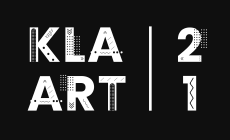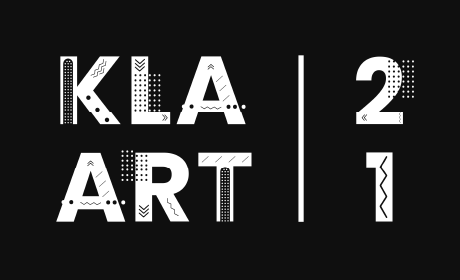
Katesi Jacqueline, 32° East — Uganda
This being my first residency made it an exciting and worthwhile experience for me. This opportunity came at a time when I was interacting more with the rattan canes (stem material used for weaving) and looking out for similar material that can be manipulated in a similar way.
During the residency, I had the time to explore this interaction as well as experiment a little more on achieving external colour within my natural material and explore new techniques of weaving. Along the way, I interacted with some of the artisans of Mbuya who briefed me through this amazing experience.

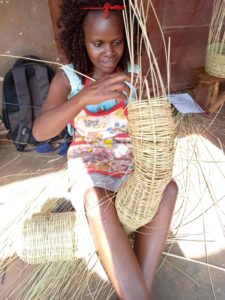
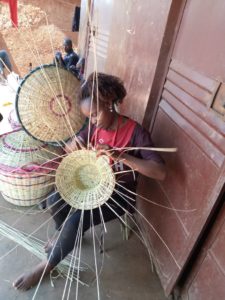
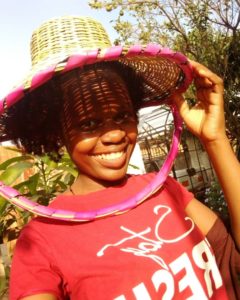
My initial thoughts and expectations of a residency was massive production of works in a studio. With all this in mind, it seemed tough but as the residency progressed, it became an amazing and simple experience. My first day foresaw me carrying some of my marquette works in progress to my studio for further art interaction and concept building. I was whelmed by the studio visits from the 32° East family, which greatly informed my practice, through further insight given on conducting more research which became the gist of my residency.
I was able to make great use of the 32° East library through personal searches as well as put into consideration the recommended books during my studio visits. I grew fond of mainly two books; Contemporary African art by Sidney Littlefield and African Cultures, Visual Arts, and the Museum by Tobias Doring. From these books, alongside the environment I’ve been nurtured in, I managed to strengthen and improve on my concept building skill.
This research led me on a journey to Mbuya where I interacted with the indigenous weaving community particularly two families that collectively hosted fellow artisans for the process of basketry weaving using an indigenous material whose origin was familiar to that of palm leaves.
First, they took me through its challenging harvesting process, where they used more of oral tradition since the material sprouts more in the rural areas. After that, they educated me on how to handle it as well as the indigenous techniques employed like twinning, curving, cutting, bending, twisting, to mention but a few. Later on, they took me through its colouring process which was helpful for my practice because I like to use natural colour tonal variations as well as textures.
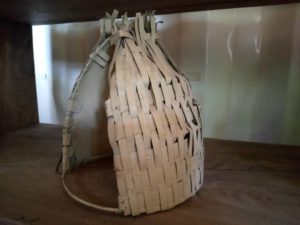
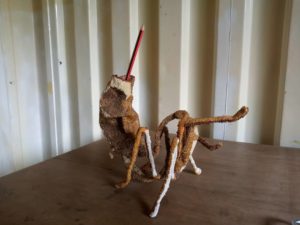
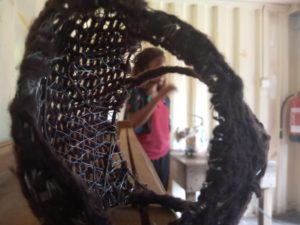
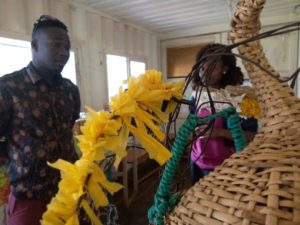
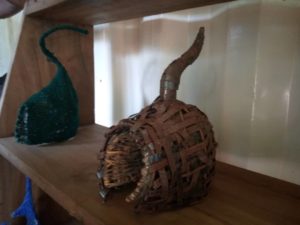
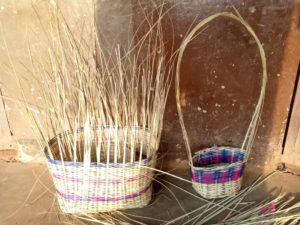
So my residency saw me blend artificial and natural colours to come up with an amazing colour combination which I hope to embrace in the upcoming KLA ART festival as well as my art journey after this. It was a little challenging since the baskets they made were more of geometrical oriented as compared to my human forms and their supplements. However, this became an interesting adventure and saw me pick a leaf from their art which I hope to incorporate into my final project. In summary, my residence was productive and career-changing.
